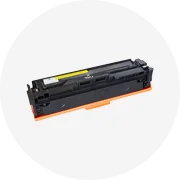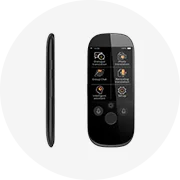
Phone Charging Cabinet OEM Steel Metal Tablet Cell Phone Charging Cart Laptop Charging Cabinet Battery Charging Cabinet

Hotel Restaurant Desk Lamp Wireless Charging Trolley Mobile Phone Rechargeable Desk Lamp Fast Charging Cart




















Charging carts have become an indispensable tool in educational environments, offering a centralized solution for powering various devices. These carts are designed to cater to the needs of different educational settings, from elementary classrooms to advanced science labs, ensuring that devices are charged, secured, and ready for use.
There are several types of charging carts tailored to specific requirements. Some are equipped with large slots for laptops or tablets, while others have smaller compartments for handheld devices. Features such as lockable wheels and doors enhance security, and built-in electrical outlets provide convenient charging capabilities. The construction of these carts often involves durable materials like steel, ensuring longevity and resilience in busy classroom settings.
The application of charging carts extends beyond just storage. In physical education, they can be used to charge equipment like heart rate monitors or electronic whistles. For STEM labs, these carts ensure that tablets and laptops used for research and experiments are always ready for student use. The adaptability of charging carts makes them suitable for various educational programs, supporting the dynamic nature of learning environments.
The advantages of using charging carts in educational settings are numerous. They promote organization, reduce clutter, and minimize the loss of devices. For teachers, this translates to less time spent managing devices and more time focused on teaching. Students benefit from having access to fully charged equipment, enabling seamless integration of technology into their learning experience.
Safety is a paramount concern when it comes to charging carts. Manufacturers prioritize the use of non-conductive materials to minimize the risk of electrical hazards. Ventilation is also a key feature, preventing overheating during the charging process. Compliance with safety standards is a critical aspect, ensuring that these carts are safe for use by both students and educators.
Selecting the appropriate charging cart involves considering the number of devices, the type of devices, and the specific use cases within the educational institution. It is important to assess the size, mobility, and charging capacity to ensure that the cart aligns with the needs of the classroom or lab. With a variety of options available, educational institutions can find a charging solution that best fits their requirements.